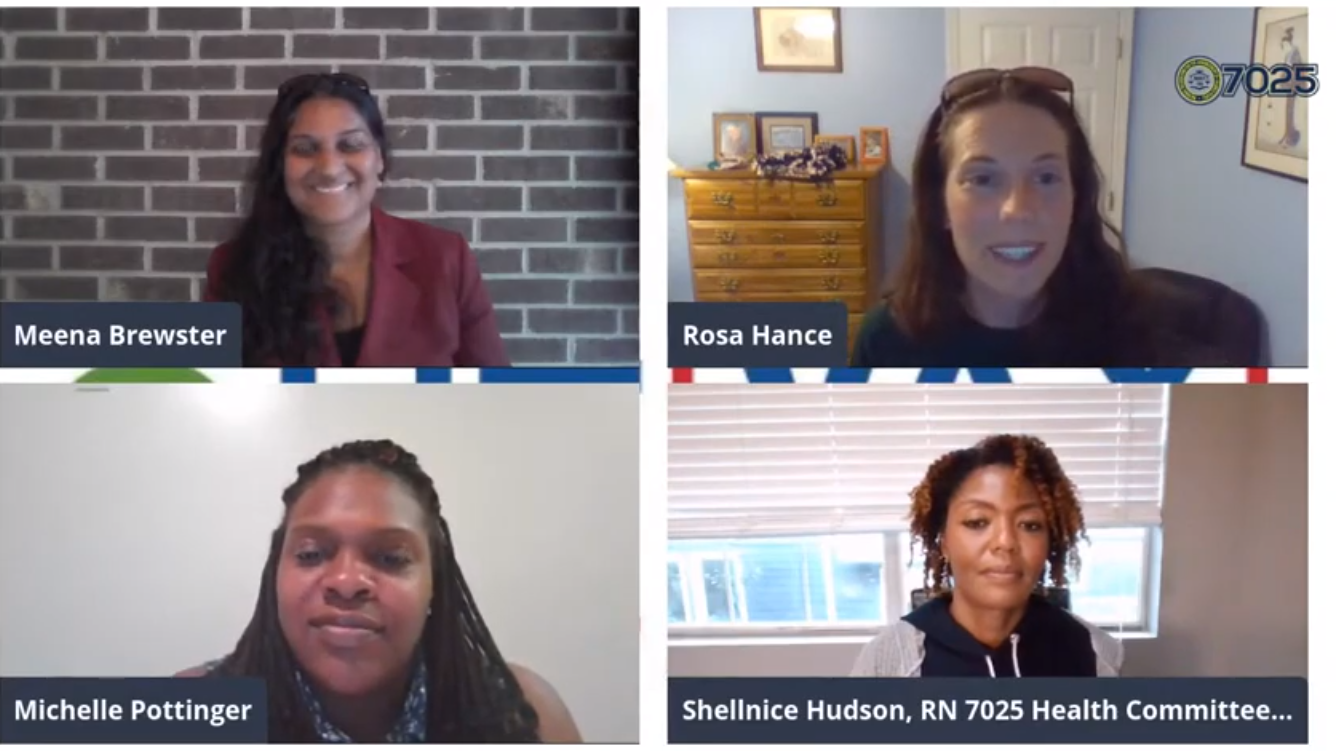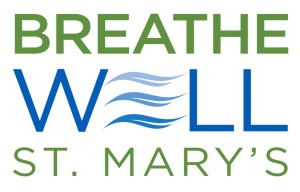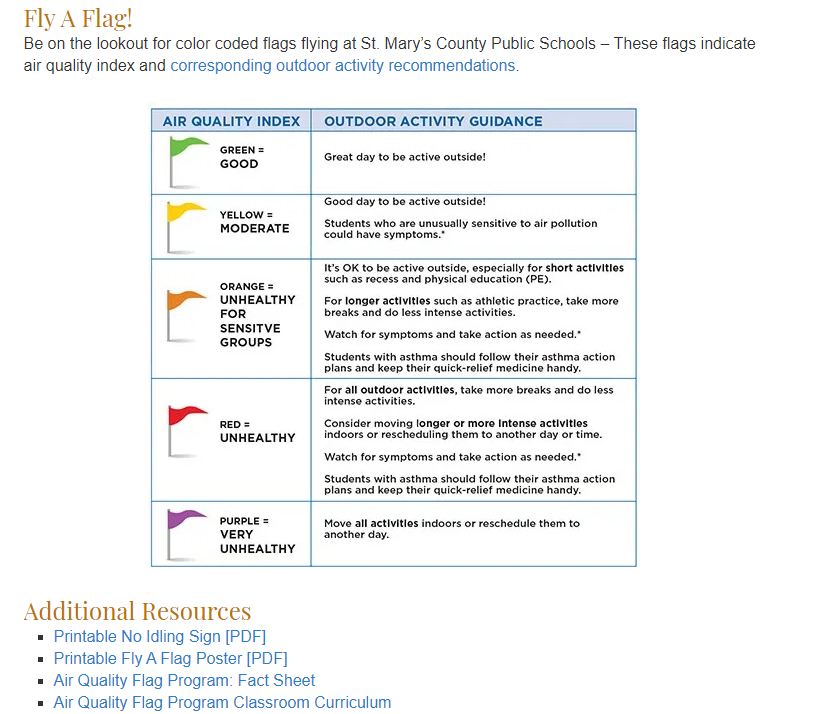
By Leeza Hinton, Sierra Club Student Volunteer
I had an amazing opportunity to attend a virtual discussion regarding the new “Breathe Well” campaign that launched in St. Mary’s County, Maryland. The meeting was held by the NAACP located in St. Mary’s County. Special guest, Dr. Meena Brewster, discussed with participants the important, ground-breaking milestone that the St. Mary’s County community had just achieved with the Breathe Well St. Mary’s program, a unique, comprehensive air quality monitoring and health education initiative for St. Mary’s County.
The meeting began with an introduction of the St Mary’s NAACP Branch #7025 Public Health Committee leaders Shellnice Hudson, Rosa Hance, and Michelle Pottinger. Then Michelle Pottinger introduced Dr. Brewster, who has served as the health officer for St. Mary’s County since 2012. Specifically, Dr Brewster provides medical guidance in public health decision making and represents the county and the health department in a variety of local, state, and national contexts.
Rosa Hance, who is also currently serving as the chair of the Maryland Chapter for the Sierra Club, provided some of the background for the program and shared that only twenty-five air monitoring systems were located throughout Maryland before this campaign was launched, and none of them existed within St. Mary’s County!
Dr. Brewster referenced the COVID-19 pandemic and asthma as the impetus for launching the campaign, while sharing information and statistics demonstrating why bad air quality is both a major health issue and a major environmental justice issue. She then cited the list that St. Mary’s County Equity Task Force generated of the five important goals they wanted to achieve by launching the campaign:
- promote outdoor air quality

- manage chronic lung health
- improve indoor air quality for first responders
- increase health education on air quality, and
- work towards environmental justice.
With regard to the role of COVID in inspiring the program, Dr. Brewster pointed out that the COVID pandemic affected the whole world, and extensive research about the virus led to many important discoveries regarding the transmission and impact of the virus. For example, researchers began noticing that increased ventilation reduced the rate of infection, that the use of air purifiers and filtration systems helped improve indoor air quality, that people with poorer lung function were at a much greater risk from the virus. Poor outdoor air quality also had an effect on the transmission and overall impact of the disease, and some people were experiencing long term symptoms from the virus (long COVID), which then made them more susceptible to poor air quality conditions. All of these factors revealed why having good air quality is so beneficial.
Secondly, Dr. Brewster stressed that asthma was becoming a larger issue. Dr. Brewster surprised everybody when she revealed this shocking statistic: asthma is the number one reason why kids stay home from school...nationwide! If only some groups of people are being affected by the poor air quality more than others, it reveals that some people have an advantage over others. The students who do not live in an area with good air quality, are at a greater risk of missing out on their education. Throughout the past two years, nearly 4,000 visits to the emergency room were related to asthma in St. Mary’s County, 24% of them being children and 35% being African American. Although African Americans in St. Mary’s County only make up 15 to18% of the population, a very large number are suffering from poor air quality conditions which reveals a large disparity between the demographics.
Dr. Brewster surprised everybody when she revealed this shocking statistic: asthma is the number one reason why kids stay home from school...nationwide!
Although bad air quality is an environmental issue on it’s own, it has become a common health issue that is affecting students abilities’ to attend school and receive proper education.
Nevertheless, Dr. Brewster made it very clear that these issues are preventable.
Partnership and collaboration with various local organizations—the Sierra Club, NAACP, the University of Maryland, among others—made the Breathe Well campaign a reality.
In order to achieve the goals of this campaign, the solutions implemented need to benefit the St. Mary’s County community as a whole.
Three major successes of the Breathe Well program already are:
- installing basic air monitoring systems at all of the public schools across the county
- providing public health education resources regarding air quality, and
- installing a more advanced air monitoring system that can be relocated anywhere in the St. Mary’s County community.
These successes are a major accomplishment, because this is the first air monitoring program associated with public schools that allows for even geographic distribution throughout a county. Also, all of the data from the air monitoring systems is simplified into a color-coded system (air quality index) and automatically uploaded to a public website and can be viewed by anyone.

Websites similar to this are extremely useful in educating the public and make it possible for the community to take preventative measures when the air quality is poor. For example, Dr. Brewster suggested that on poor air quality days, students who have asthma could have the option to stay indoors during their recess time. This is a simple solution that could have very effective long-term results on the students’ health and access to education.
Another major part of this campaign is improving the public’s sense of self-efficacy. Self-efficacy refers to having belief in yourself that you have the proper knowledge and resources to make good decisions regarding your own health. The main factor in improving one’s self efficacy is having access to educational resources. If people are unaware that air quality conditions can change on any given day, they can not take preventative measures for themselves.
The next step of this campaign is outreach to other communities and drawing conclusions based on the data. Not only should these programs be implemented throughout other counties and states, but throughout the world. Because this program is so new, it is difficult to draw any conclusions about the long-term impacts, however now that the system is in place, researchers can begin developing answers to many of their questions very soon.
Click below to watch the May “Breathe Well Campaign” Health Forum with Dr. Brewster!